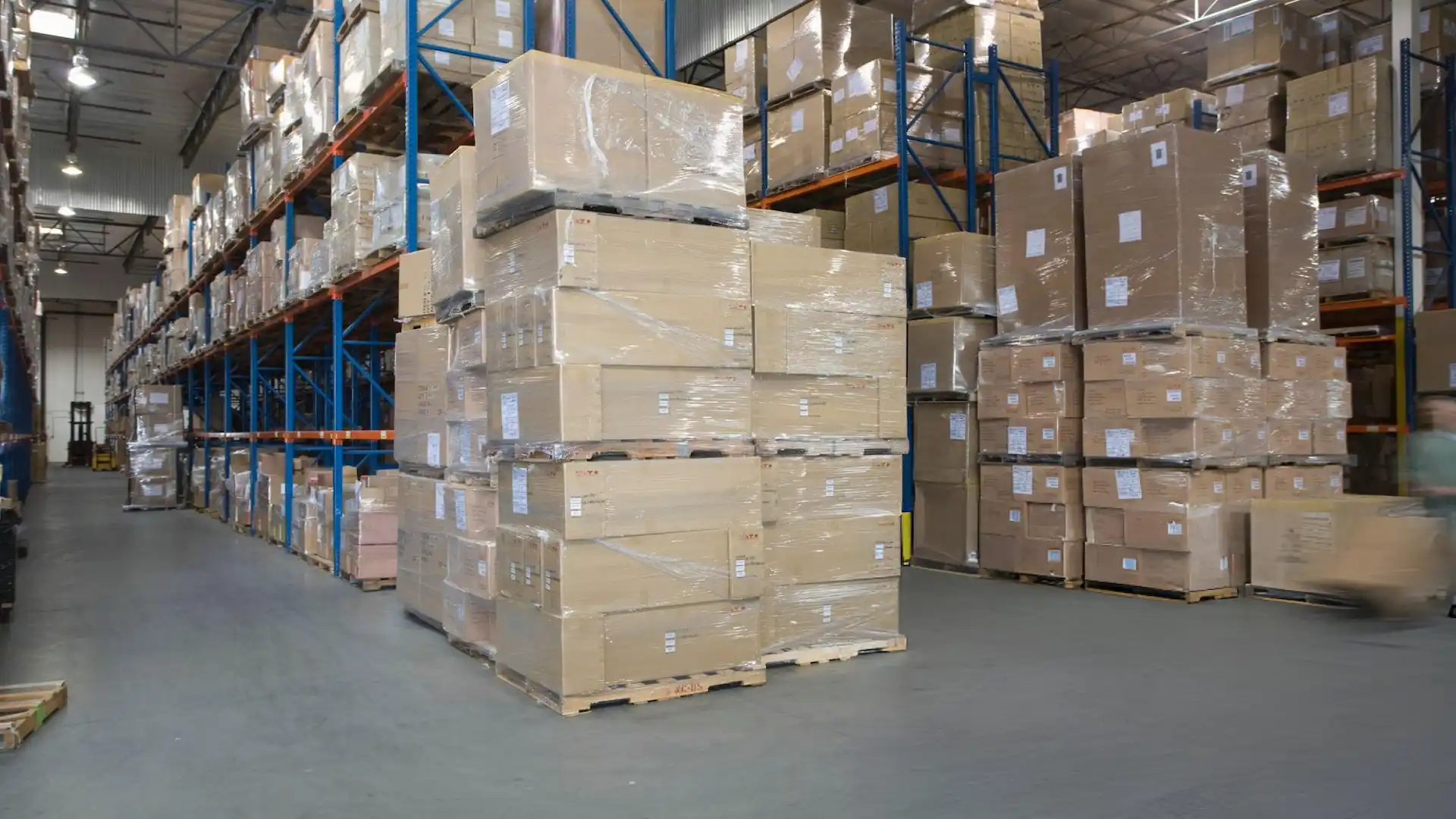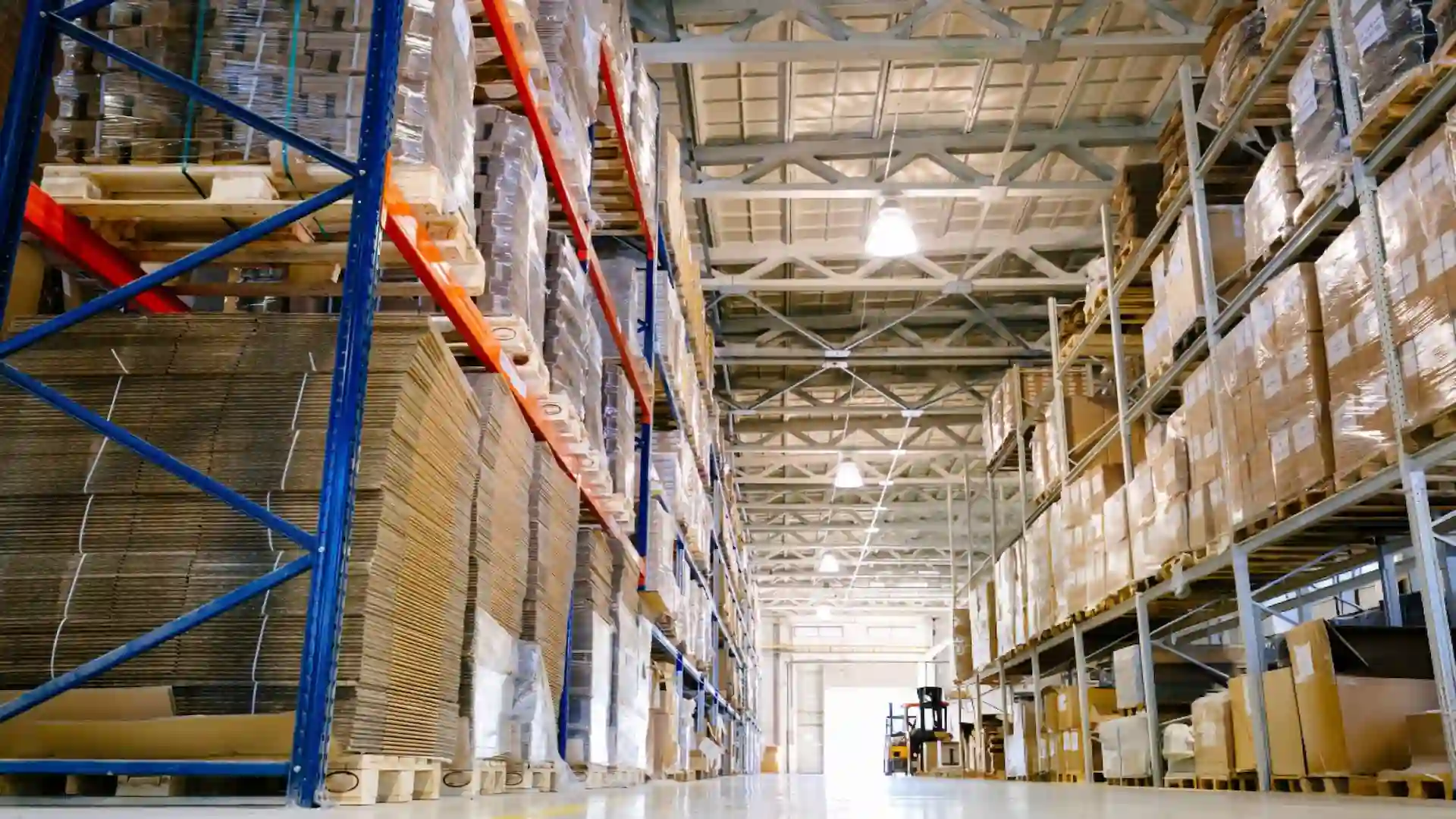Shrinkage: How to Prevent Losing Inventory
%20(1).webp)
Whether you’re familiar with logistics or not, every online shopper is directly impacted by it every time they order something online. Ecommerce logistics have come a long way, with brands like Sephora offering same-day shipping for customers in Canada and the USA.
However, sometimes online stores will accept your order only to send another update 5 days later saying “Sorry! That product is out of stock.” Do you ever wonder, “Why was it available to purchase if it wasn’t in stock?” It’s most likely due to a common inventory issue known as shrinkage.
Table of Contents:
- Introduction
- What does Shrinkage Mean?
- Common Causes of Shrinkage
- How can 3PLs prevent Shrinkage?
- Conclusion
What is Inventory Shrinkage?
In the logistics industry, “shrinkage” has many names. Loss of Product, Product Shrinkage, and Warehouse Shrinkage are some of the most common, but they all refer to the exact same thing - missing product in the warehouse.
While it might seem like a small problem, shrinkage costs can quickly add up. The National Retail Federation reported that shrinkage cost retail businesses over $100 billion.
The biggest challenge in keeping track of shrinkage lies in the way it is currently calculated. Even if a 3PL has fully automated order and inventory management systems, there is only one way to figure out exactly how much product is missing; by manually counting the amount of stock available for sale.
When an inventory order is received by a 3PL, the Bill of Lading states how large the shipment is meant to be - including number of pallets/cases/units, weight, etc. When a discrepancy is found between the Bill of Lading and the actual inventory on hand, you can identify shrinkage.
Top 3 Causes of Shrinkage
There can be many ways for shrinkage to occur in a warehouse, and most of them tend to fall within the following three categories:
Damage
If you have ordered products for yourself online before, you’ve likely come home to a package that looks like someone threw it on the ground and stomped on it. The reality is not all that different; because ecommerce packages go through so many hands through the shipping process, there are many opportunities for a package to be dropped, thrown, or crushed under heavier packages. As a result, some products may arrive in an unsellable condition, translating into a return and a loss of revenue. Wondering to what extent damage causes returns? Meteor Space reports that up to 80% of returns are due to a damaged package or product.
Lost Shipments
As far as warehouses go, losing shipments is one of the most common causes of shrinkage. It may sound a bit ridiculous to consider that a warehouse could lose an entire pallet, but consider this: a truck shows up with a delivery, and the unloading process begins. Pallet after pallet is unloaded and moved to the corresponding location, but one has lost its shipping label and is moved off to the side. Later, when counting the amount of inventory in stock, an entire pallet of inventory is found to be missing, and nobody knows where it’s gone.
Another way shipments can be “lost” is by accidentally being placed in the wrong location. When a warehouse employee goes to pick a product, it simply is not found in its defined SKU location.
Employee Theft
No company wants to think about having to fire a good employee, especially if they’ve been around long enough to know all the ins and outs of the business. However, sometimes employees can feel underpaid, overworked, or simply think that they won’t get caught stealing a product from the warehouse. It happens more often than you think, with reports showing that 75% of employees have stolen from their employer at least once.
The best way to prevent internal theft is by being careful in the initial hiring process, but it is far from the only way to do so. Making sure that every employee feels valued, appreciated, and respected is crucial to creating an environment where everyone can be proud of their work. Those who take pride in their work also get fulfillment (ha-ha, get it?) in their daily life, further reducing the possibility of theft.
7 Ways 3PLs Can Prevent Shrinkage
There are many ways to prevent inventory shrinkage at a 3PL’s warehouse, and implementing these methods can drastically improve the efficiency of a warehouse’s operations. This will increase picking accuracy, reduce time needed for specific tasks, and (most importantly) - show off the reliability of your 3PL services. Below, we’ve outlined some of the best ways to prevent shrinkage:
1. Reduce Dock-to-Stock time
Any inventory that has not been entered as “stock” is a product that can’t be sold. If a product isn’t available for sale, it won’t make the brand owner or their fulfillment provider any profit - possibly opening up the opportunity for backorders to pile up. 3PLs should alway strive to place received inventory in the intended location as soon as possible, to avoid “forgetting” an entire pallet and marking it as lost.
2. Checks and Double-Checks
If you haven’t already done so, make sure to create clear guidelines for the receiving process. Implementing redundancies in the receiving process will help create so-called “safety nets” in case one check fails to catch a mistake.
3. Effective training for warehouse employees
Sometimes, shrinkage can happen due to a lack of proper employee training. Make sure all employees are trained properly and understand your warehouse processes. Without an effective training process, it could open up a door to easily avoidable mistakes that add up over time (missing pallets > missing inventory > backorders pile up and nobody can find the product > paying clients back for lost inventory).
4. Reward employees for error-free stocking
While this may not apply to every warehouse in the world, most could benefit from providing some sort of incentive to its employees for doing good and accurate work. For example, if shrinkage rates hit less than 1%, include a small bonus on their paychecks, or even buy and give out small gifts. Providing an incentive to do great work will give employees something to work towards, rather than the usual “clock in, clock out” work.
5. Ensure SKUs are present and marked properly
Throughout your warehouse, it is imperative that your SKU locations are marked clearly and boldly. Using effective signage in a warehouse does more than make things easy to find - it also helps with training new employees and touring all of the different inventory locations. Most importantly, correct SKU/stock locations are crucial for keeping accurate track of inventory status.
6. 24-7 Security
A low-maintenance way to prevent employee theft is by implementing a 24-hour CCTV system throughout your facility. If anything goes wrong during the picking and packing process, footage can be reviewed to determine the exact cause and take the necessary steps to correct the issue.
7. Technology
Last but not least; software-based solutions for inventory tracking are crucial for scaling, omnichannel brands with inventory in multiple places. All of the above methods are just as important as using the right software, but automating the bulk of your inventory and order tracking will save you time and money.
For example, Centro is a turnkey solution for brands drowning in spreadsheets and SKUs. Whether it’s preventing shrinkage, managing POs, or reducing stock outs - Centro acts as your personal, virtual operations assistant. If your brand uses in-house fulfillment and its own warehouse, you can organize all of your product data and sync it across all of your sales channels and warehouse locations. After importing your sales, inventory, and order data, Centro gives you a birds-eye view over your entire supply chain. Centro continues to support scaling brands to take their business to the next level.
Conclusion
Inventory shrinkage is a normal occurrence that happens in warehouses worldwide. More severe inventory shrinkage is usually a result of an issue that has been repeatedly neglected, piling up over time. It happens! We all make mistakes, but these kinds of mistakes can negatively impact a brand’s reputability.
Following all of the steps above helps fulfillment partners ensure that their clients maintain a positive brand image and continue growing in ecommerce. At the end of the day, that’s what fulfillment partners are for!
If you would like to learn more about logistics and how 3PLs help brands grow, check out Atomix Logistics and their armory of blog posts!

.svg)
.svg)
.svg)




